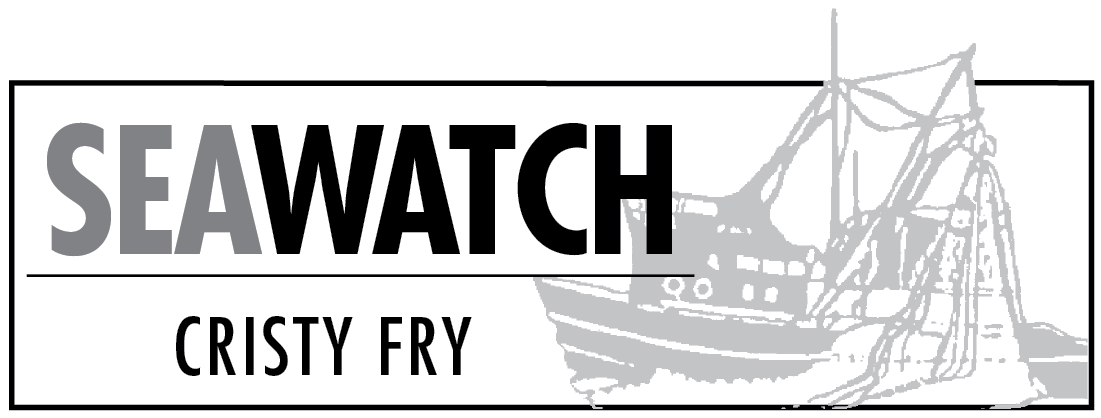The Alaska Department of Fish and Game has released its annual Commercial Fisheries Management Report for the 2015 season in Upper Cook Inlet.
While the report does extensively cover what happened in the salmon fisheries, it also covers lesser known harvests such as razor clams, smelt and herring, in addition to regulatory changes, enhancement efforts, participation and ex-vessel prices.
Also included are personal use and educational fisheries.
With regards to salmon, the report indicates that the 2015 commercial harvest fell short in every category except escapements.
The harvest of 3.2 million salmon was 23 percent less than the average from 1966 to 2014, and the ex-vessel value of $24.1 million was 19 percent below the most recent 10-year average and 8 percent less than the 1966-2014 average.
Three of the seven sockeye salmon enumeration estimates fell within the established escapement goals, and the other four exceeded the goals.
Commercial razor clam harvests have been going on in Cook Inlet for nearly 100 years, since 1919.
Historically, the razor clam fishery has been confined to the area between Crescent River and Redoubt Creek, concentrated mostly in the Polly Creek area.
All clams harvested in that area are designated for human consumption, except for broken clams, which is generally less than 10 percent.
In 2015, 319,000 pounds of razors were harvested by a total of 20 diggers, who were paid 66 cents per pound in the shell, for an ex-vessel value of around $210,000.
The average size for razors was 5.4 inches in length.
The UCI herring fishery produced a total of 26.2 tons, the third largest since the fishery re-opened in 1998.
A total of 11 permit holders participated, mostly in the upper sub-district, and all fish were caught with set gillnets.
Since the Kamishak Bay and Prince William Sound herring fisheries have been closed for many years, the price for Cook Inlet herring has gone up. Demand has driven the price to around $1.00 per pound, or $2,000 per ton, compared to the $50 per ton seiners were paid in 2015.
From 1978 to 2014, the commercial smelt harvest has ranged from 300 pounds to 100 tons. In 2015, the harvest was 107 tons.
The smelt harvest is limited by market demand and logistics, and determining an ex-vessel value is difficult, but ADF&G estimates it was $200,000 in 2015.
Find the report at http://www.adfg.alaska.gov/FedAidPDFs/FMR16-14.pdf
Cristy Fry can be reached at realist468@gmail.com.


